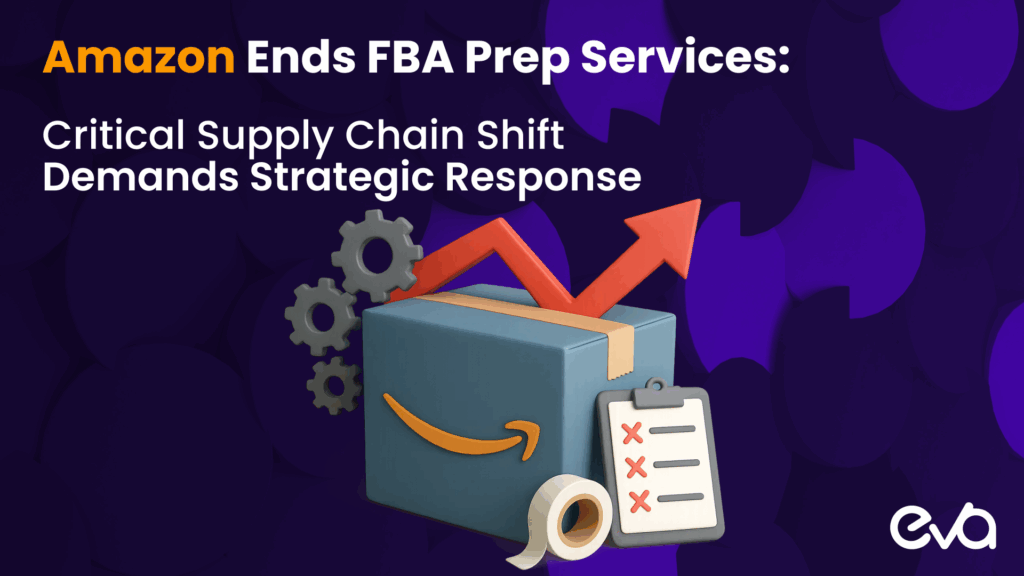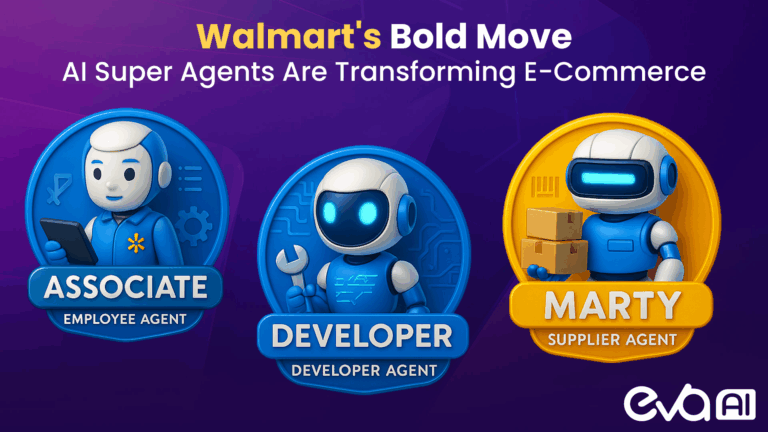The elimination of Amazon’s FBA prep and labeling services marks a pivotal shift for over 2 million active FBA merchants, who now face a mandatory operational overhaul by January 2026. As Amazon’s $390 billion marketplace ecosystem experiences growing competition and rising operational costs, this policy change challenges sellers to adapt or risk jeopardizing profitability.
Operational Shifts and Financial Implications
Amazon’s move to cease prep services follows a wave of rising competition, with new competitors entering the marketplace at a 15% year-over-year rate. This, compounded by cumulative FBA fee increases averaging 5.2% annually since 2022, increases the operational burden on sellers. Current data shows that prep services account for 3-8% of total fulfillment costs, meaning this transition is not just an inconvenience—it’s a critical profitability inflection point.
Sellers who fail to adjust will face margin compression, while those who implement AI-powered optimization strategies will gain a competitive edge, improving supply chain efficiency and operational agility.
Amazon’s Strategic Rationale for the Change
Amazon justified this policy change by citing improvements in seller packaging capabilities and a reduced reliance on its prep services. The company’s goal is to refocus resources on its core fulfillment operations to ensure faster, more efficient processing times. Sellers now have the opportunity to move towards more self-sufficient, independent operations—a move that could both reduce costs and optimize performance.
Implementation and Seller Protections
Amazon’s phased transition will offer some protections for sellers. Shipments created before January 1, 2026, will still receive prep services, ensuring business continuity. However, after the deadline, sellers must ensure that all shipments are fully prepared and correctly labeled, or they will lose reimbursement eligibility in case of damage or missing items during fulfillment.
Failure to meet the new prep requirements will expose sellers to substantial financial risk—inventory arriving unprepared will not be reimbursed if damaged or untraceable.
Adapting to the New FBA Prep Requirements
Sellers have three primary paths to navigate this transition:
- Internal Preparation: Sellers can set up their own in-house prep operations, investing in storage, equipment, and trained staff. This gives them control over the process, but it comes with upfront costs.
- Manufacturing Partnerships: By integrating prep services directly into production workflows, sellers can streamline operations and reduce costs.
- Third-Party Prep Providers: Amazon offers access to vetted prep service providers, allowing sellers to outsource their prep needs while still maintaining compliance. Additionally, Amazon continues to promote the “Ships in Product Packaging for FBA” (SIPP) program to reduce prep requirements for eligible products.
Industry Response and Competitive Dynamics
The response from the seller community has been mixed. Larger, resource-rich sellers see this as an opportunity to optimize their supply chains, while smaller sellers worry about increased operational complexity and rising costs. This shift could accelerate marketplace consolidation, favoring sellers with more robust operational infrastructure and capabilities.
As a result, e-commerce sellers must view this change as a competitive opportunity. Sellers who leverage AI-powered tools and efficient preparation workflows will create operational advantages that others may struggle to replicate.
Turning Challenges into Competitive Intelligence
In a market where success increasingly hinges on operational efficiency, sellers who adapt to Amazon’s prep changes will have a distinct advantage. Implementing AI-powered inventory management systems will help sellers optimize their workflows, reduce prep costs, and enhance profitability. The strategic use of performance analytics and data-driven decision-making will be key to staying ahead.
Sellers that build a comprehensive, omnichannel fulfillment strategy—extending beyond Amazon—will create diversified revenue streams and reduce their dependency on the platform. Eva’s Four Pillars Strategy, focusing on traffic optimization, conversion enhancement, inventory availability, and profit maximization, can guide sellers through this transition.
Conclusion: Your Path to Adaptation and Profitability
Amazon’s shift away from prep services is a defining moment for sellers on the platform. Sellers who adapt quickly and strategically will capture market share, while those who fail to implement effective workflows risk significant margin compression and operational disruptions.
The key to success in this evolving landscape lies in leveraging AI-powered tools, data-driven strategies, and efficient supply chain management. Eva’s proven methodology has helped clients generate over $6B in sales by optimizing these operational challenges.
Schedule your free audit with Eva to see how our AI-powered strategies can transform your FBA operations into a competitive advantage that drives measurable profit increases.








